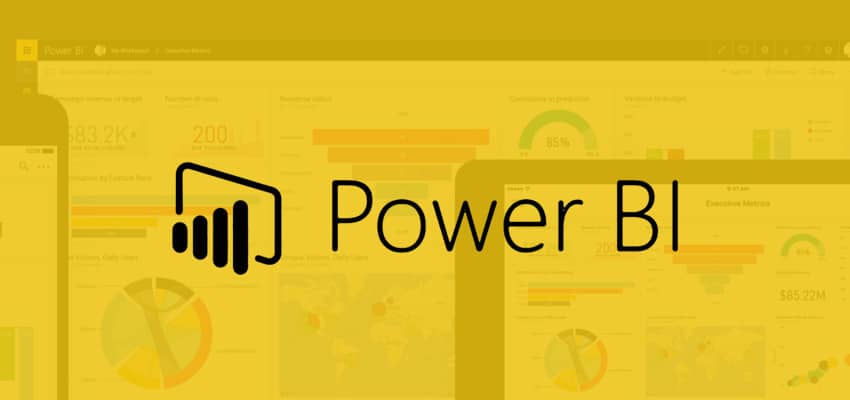

Power BI, a renowned data visualisation tool by Microsoft, has revolutionised the way organisations analyse data, making informed decisions. One of the most remarkable features of Power BI is its real-time reporting capabilities. In this article, we’ll delve into the world of Power BI real-time reporting, exploring its significance, benefits, and how to harness its potential for your business. If you’re considering implementing Power BI real-time reporting Spanish Point can assist in the process. Our expertise can help you make the most of this powerful tool for your business
In today’s fast-paced business environment, making data-driven decisions in real-time can be a game-changer. Power BI, a robust business analytics tool, empowers organisations to do just that. Real-time reporting provides instant access to live data streams, enabling businesses to monitor key performance indicators, track trends, and respond to changes promptly.
Power BI Real-Time Reporting is a feature that allows organisations to access and visualise data as it is generated, offering an up-to-the-minute view of their operations. It provides a dynamic and interactive dashboard that updates continuously, giving users the ability to track changes and identify trends in real-time.
Real-time reporting Data Analytics Solutions is crucial in the digital age, as it provides businesses with a competitive edge. Whether you’re monitoring website traffic, sales figures, or customer feedback, the ability to access data as it happens is invaluable. Real-time reporting empowers organisations to respond swiftly to issues, capitalise on opportunities, and enhance their overall decision-making process.

Do you want to learn more about it? Join our Power BI Bootcamp!
Spanish Point can help you do the most of Power BI.
Setting up real-time reporting is a straightforward process. Here’s a basic guide to get you started:
Power BI’s data streaming feature ensures a continuous flow of data from your source to the dashboard. It uses connectors and APIs to establish a live connection, guaranteeing that the data is always up to date. This feature is invaluable for monitoring real-time data like social media trends, website traffic, or sensor data.
Real-time reporting in Power BI finds applications in various industries. Some common use cases include:
Power BI Real-Time Reporting is a powerful tool, but to harness its full potential, it’s essential to integrate it into your organisation’s broader business intelligence strategy. Ensure that your data is accurate, relevant, and presented in a way that serves your decision-making processes effectively.
While real-time reporting offers numerous advantages, it also comes with challenges. Data accuracy, connectivity issues, and the potential for information overload are some factors to consider. It’s crucial to implement best practices and establish a clear strategy to mitigate these challenges.
When dealing with real-time data, security and data privacy are paramount. Ensure that you have robust security measures in place to protect sensitive information. It offers features for data encryption and access control, which should be leveraged to safeguard your data.
As technology advances, real-time reporting is expected to become even more accessible and user-friendly. Machine learning and AI will play a significant role in automating insights, making real-time reporting more efficient and insightful for businesses.
Power BI Real-Time Reporting is a dynamic feature within Microsoft’s Power BI that allows businesses to access and visualize data as it’s generated, offering real-time insights and empowering informed decision-making. It provides numerous benefits, such as improved decision-making, enhanced performance monitoring, and the ability to identify trends promptly. Setting up real-time reporting in Power BI involves selecting a data source, enabling data streaming, creating custom dashboards, and defining refresh rates. While this feature has various real-world applications, it’s essential to address challenges, security, and data privacy. Moreover, the future of real-time reporting is promising, with advancements in technology and automation. If you’re considering implementing Power BI real-time reporting, Microsoft consultancy, Spanish Point, can assist in the process. Their expertise can help you make the most of this powerful tool for your business.